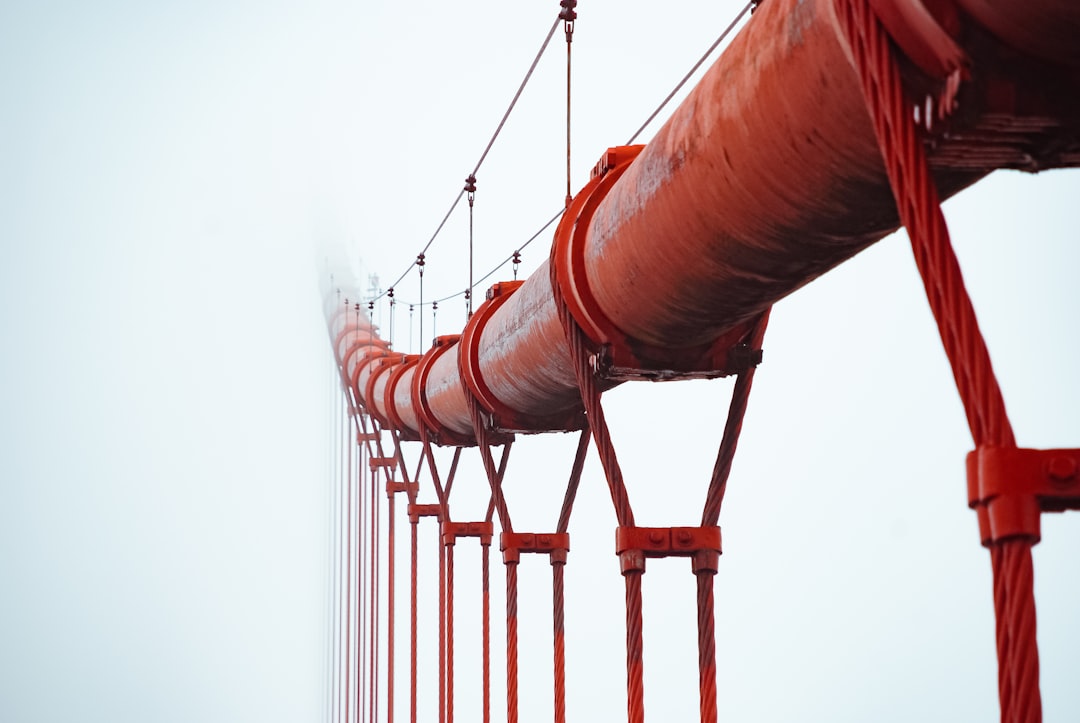In the oil and gas industry, companies are now finding ways to make the pipelines safer. This is after the finding that there are serious issues in the pipeline infrastructure that need to be sorted out to improve the integrity and health of the oil pipeline infrastructure. The US Department of Transportation (DOT) reported more than 10,000 failures in the pipeline in the US since 2002. This means that there is a need for advanced safety procedures and approaches to be adopted. Such procedures and methods are characterized by high cost and labor because a large number of employees and devices are required to monitor long pipelines. However, every organization seeks ways to improve performance and reduce the cost of operations. This is what big data promises oil and gas companies.
The players in the oil and gas industry are aware of the great power and potential that can be found when data is put to good use. Considering processes and decisions in the oil and gas industry related to exploration, production, and development among other things, generate massive amounts of data. Leveraging this data for intelligence can give a big boost for any organization. With new approaches to data acquisition and processing and the development of new devices that track reservoirs, the performance of the employees and machinery, data is expected to increase by large margins in the coming years. Starting from the drilling phase, the main advantage of AI is that it is used to collect seismic and geophysical data to determine where oil can be drilled and potential locations where the pipeline can be laid. At this stage, big data and AI are used to gather data crucial to assessing the size and potential of target sites.
By collecting data over time, various available AI and machine learning solutions can be used to develop accurate predictive models that show defects in pipelines and subsurface hydrocarbon reservoirs. These models can be used in drilling, laying of pipes and correcting spillages. Big data and AI generate more accurate models that can be used in managing oil and gas production. Currently, wireline equipment integrated with IoT sensors can be employed to automatically send information to AI systems that can analyze and make decisions.
From the look of things, big data and AI will change the oil and gas industry by altering operational patterns. By adopting new tools that make drilling, storage, and transportation of oil and gas less costly, efficient and fast, companies deliver the best services needed. The timely availability of data has made oil and gas companies not only responsive but has also eased operations, reduced cost of production and improved outcomes. On the other hand, failure prediction models have been developed to reduce the chances of equipment in pipelines failing without warning. With these models, defects along the pipelines can be identified and rectified in time. This makes it possible to avoid the possibility of service disruption and life-threatening accidents that were witnessed before.














